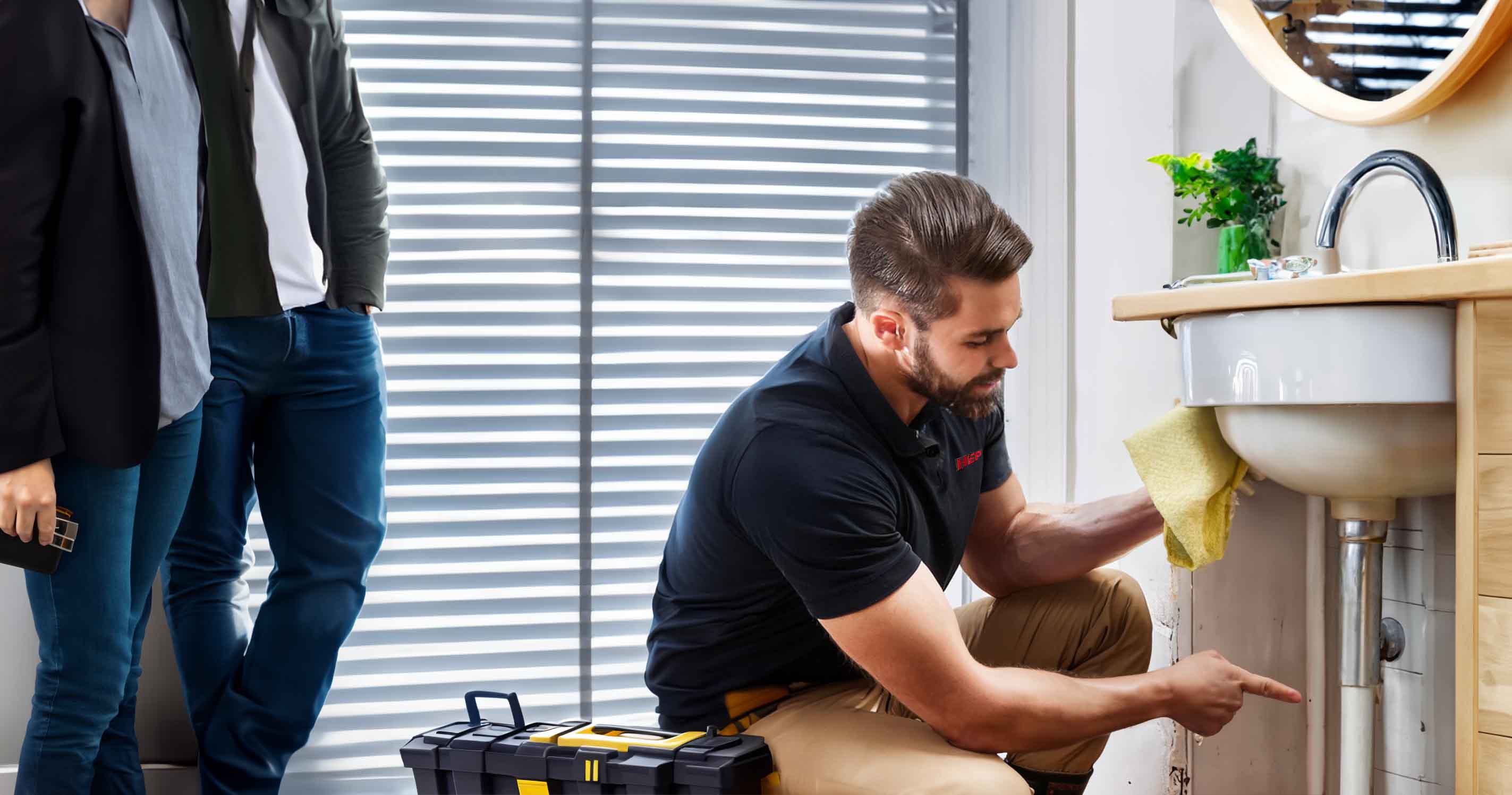

Hard Water Issues
Your trusted partner for professional home services. Quality workmanship, guaranteed satisfaction.




- HEP
- Hard Water Issues
Hard Water Issues | Water Purification | Plumbing | Kelso
Stubborn limescale, cloudy glassware, and failing appliances are all tell-tale signs of Kelso’s mineral-rich supply—yet they don’t have to be part of daily life. HEP’s specialists trace hard-water problems right back to the source, inspecting pipework, fixtures, and filtration systems before tailoring a lasting fix. From compact under-sink units to whole-home conditioners, we combine trusted brands with precise installation, cutting those calcium and magnesium levels down to size.
Our team believes crystal-clear taps should never come at the cost of sky-high bills or constant maintenance. That’s why we pair straightforward plumbing repairs with intelligent water purification solutions that protect boilers, extend appliance lifespan, and let soaps lather the way they’re meant to. When you’re ready to swap scale for sparkle, HEP is just around the corner—serving Kelso homes with efficiency, know-how, and a genuine love of clean, soft water.
FAQs
What is hard water and how common is it in Kelso?
Hard water is water that contains elevated levels of dissolved minerals, primarily calcium and magnesium. Kelso sits on mineral-rich volcanic and sedimentary rock, so municipal and well supplies typically measure between 120–180 mg/L (7–10 grains per gallon) of hardness—classified as “hard” by the U.S. Geological Survey. That means most households in the area experience some degree of scale buildup and soap-scum issues unless they treat the water.
How can I tell if my home has hard water?
Common indicators include: 1) white, chalky spots on dishes and glassware; 2) crusty buildup around faucets, showerheads, and kettle elements; 3) dingy or stiff laundry even after washing; 4) dry, itchy skin or dull hair after showering; and 5) a drop in water-heater efficiency or premature failure of appliances. An inexpensive hardness test strip or a lab test of a water sample can confirm the exact mineral level. We offer free on-site water tests in Kelso so you know precisely what you’re dealing with.
What problems can hard water cause for plumbing and appliances?
The calcium and magnesium in hard water precipitate out as scale when the water is heated or evaporates. Over time, scale can: • narrow pipe diameter and reduce water pressure; • coat heating elements in water heaters, raising energy bills by 15–20 %; • shorten the lifespan of dishwashers, washing machines, and coffee makers; • clog aerators and showerheads; • increase detergent usage because soap bonds with minerals to form scum. Addressing hardness early prevents costly repairs and premature replacements.
What water-treatment solutions do you install to solve hard water issues in Kelso?
Our main options are: 1) High-efficiency ion-exchange water softeners that swap calcium and magnesium ions for sodium or potassium, delivering the most thorough scale control. 2) Salt-free conditioners (template-assisted crystallization) that convert hardness minerals into inert crystals, reducing scale without adding sodium—ideal for low-salt or septic-sensitive households. 3) Combination systems that pair a softener or conditioner with carbon or reverse-osmosis filtration to also remove chlorine, tastes, odors, and other contaminants. We size and program each system based on your household water usage, hardness level, plumbing layout, and local code requirements.
How does an ion-exchange water softener work, and will it make my water taste salty?
Inside the softener is a bed of charged resin beads. As hard water passes through, calcium and magnesium attach to the resin and are replaced by tiny amounts of sodium or potassium. When the resin becomes saturated, the control valve automatically regenerates the beads with a brine solution and flushes the hardness minerals down the drain. The amount of sodium added to softened water is very small—about 20–40 mg per 8-oz glass for typical Kelso hardness—well below the FDA’s “very low sodium” threshold. If you’re on a sodium-restricted diet, a potassium-chloride softener or an under-sink reverse-osmosis filter for drinking water solves the concern.
What maintenance and operating costs should I expect with a water-purification system?
Ion-exchange softeners need salt or potassium pellets (roughly one 40-lb bag per month for a family of four in Kelso) and an annual check of settings and bypass valves. Salt-free conditioners have no brine tank; their media usually last 3–5 years before replacement. For reverse-osmosis or carbon filters, pre-filters are changed every 6–12 months, and the RO membrane every 2–3 years. We provide service plans that include media changes, performance testing, and emergency support, so you can budget accurately and keep your water quality consistent.